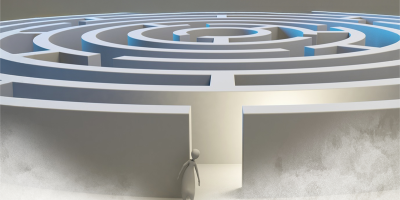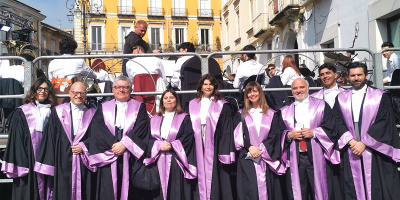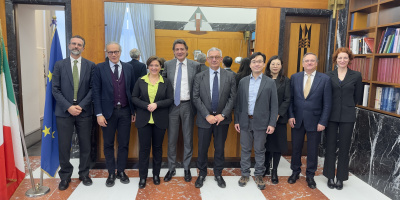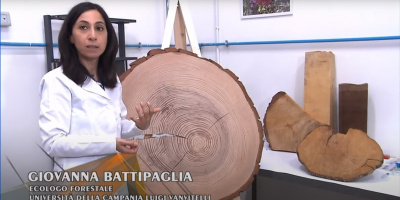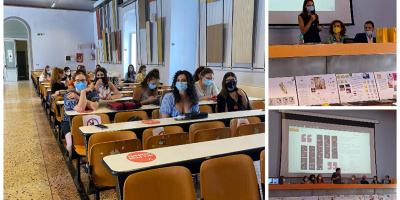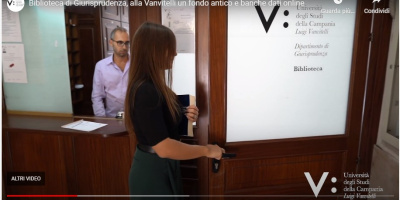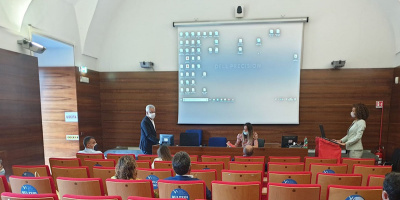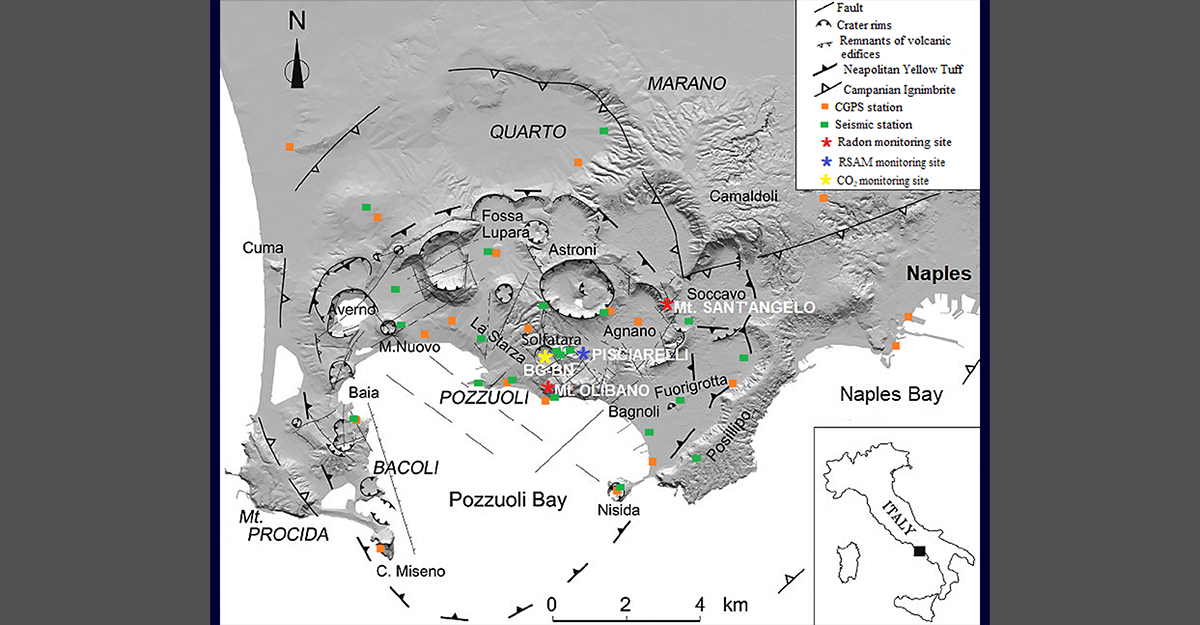IT | EN
Monitoring of radon emissions in the Campi Flegrei area for a long period offers new data for the assessment of the real extent of the area affected by hydrothermal phenomena, also proving to be a potential indicator of the evolution of a volcanic crisis.
With a seven-year study, from 2011 to 2017, a team of researchers from the Department of Mathematics and Physics of the Vanvitelli University, of the National Institute of Geophysics and Volcanology (INGV) and of the National Institute of Nuclear Physics (INFN) monitored the radon emissions in two sites of the Campi Flegrei caldera. These results have just been published in the Scientific Reports magazine of Nature in the article 'Continuous radon monitoring during seven years of volcanic unrest at Campi Flegrei caldera (Italy)'.
In recent years, the interest of the international scientific community in the study of radon emissions as a tracer of natural endogenous phenomena (seismic and volcanic activity) has grown considerably. However, the radon signal monitored in soils is influenced by many environmental factors whose effects can be eliminated when recorded over a long period.
Researchers have taken into consideration the Campi Flegrei caldera, which, since 2004-2005, has been characterized by soil lifting, seismicity, changes in the composition of fumarolic fluids and a general increase in the emission of volcanic-hydrothermal fluids.
Two detection stations designed and built by INFN researchers were used to measure radon. As part of a cooperation with the INGV, the two prototypes were installed in the Campi Flegrei in two sites distant 1 to 4 km from the Solfatara and Pisciarelli areas, where the ongoing phenomenology is more evident. The instruments acquired information automatically for a period of 7 years providing a unique set of radon data and environmental parameters.
"The acquired data were analysed using innovative mathematical techniques aimed at extracting from the signal the part controlled by endogenous processes" explains Fabrizio Ambrosino, mathematician at the Vanvitelli University.
The results were then compared with the indicators of the hydrothermal activity of the caldera, including the seismic tremor generated by the Pisciarelli fumarole, the overall seismicity results, and the maximum vertical deformation of the soil acquired by the GPS networks during the current lifting phase. The long series of data show a strong correlation of radon with independent signals and the results were of considerable interest.
"The data obtained from the study led us to assess that the area affected by the current phenomena is larger than the area where seismicity occurs and where the main manifestations of hydrothermal activity are located, in Pisciarelli and Solfatara" declares Flora Giudicepietro, INGV volcanologist and co-author of the study.
"In fact, the radon signals show variations over time that are well correlated with the most classic geophysical and geochemical parameters regularly monitored in the Campi Flegrei" adds Giovanni Chiodini, geochemist of INGV and co-author of the research.
"These results represent an absolute novelty in the study of the Flegrei caldera and mark a significant step forward in the use and interpretation of the radon signal, indicating how long time series, suitably filtered by the effects of environmental parameters, represent an excellent additional tool in monitoring volcanic activity”, concludes Carlo Sabbarese, physician of the Vanvitelli University and first author of the research.





